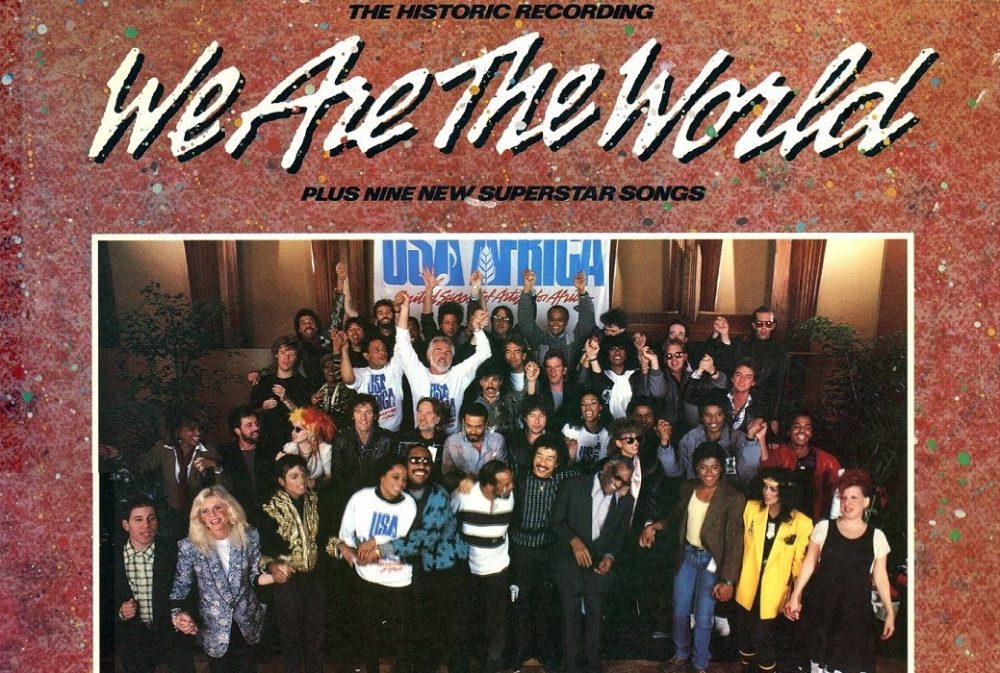Daniel Lerner’s The Grocer and the Chief is a story of perception-shattering change for the Chief and the rest of the villagers, Turkey, and the third world as a whole. A notable element of this radical change is the change in the village’s perception of the Grocer. In Tosun’s original round of interviews, the villagers saw the Grocer as “disreputable” (50) and “even less than the least farmer” (48), due to the clash between his relatively modern ideals and the village’s traditional, poverty-hardened ideals. By the time Lerner actually made his way to Balgat, the original Grocer – now dead – was regarded by some locals who had been there for Balgat’s transformation as “the cleverest of {them} all” and even a “prophet” (56). This conveys the change in rural Turkish – and Middle Eastern, in a broader sense – ideals that occurs in this story. As we see in Tosun’s original portrayal of Balgat, traditional Middle Eastern culture has always said something like, “Work hard, be respectful, and if things aren’t great, tough it out without complaining.” Initially, the other villagers resented the Grocer because he seemed to consciously reject this traditional culture in favor of another. At the end of the piece, however, we see a more habitable Balgat that has, according to Lerner, traded up and embraced the Grocer’s Westernized ideals. Lerner portrays that, once a new, more indulgent, way of living was offered, the residents of Balgat took it without hesitation.
What does this say about the formation of culture? The Grocer and the Chief seems to suggest that poverty-stricken communities develop the aforementioned culture because their living conditions demand it. In short, Tosun’s Balgat was the way it was because it didn’t have a favorable alternative.
Another point of interest for me throughout Lerner’s account was the apparent imposition of his own definition of progress and modernization on the story of Balgat’s transformation. That he says the Grocer was always “[his] man” (54) affirms this, as it is surely no coincidence that he supported the man who shared his progressive ideals. Is this the reason Lerner has written about the benefits of Balgat’s modernization? Not necessarily, but by allowing his own cultural ideals to permeate into his writing, he loses much of his credibility as a cultural researcher in a foreign country. In his defense, it is very difficult – if not impossible – to write without preconceptions (such as his preconceived definition of progress) and at least Lerner is upfront about his biases and opinions. Still, having such a biased account makes me doubt that a researcher from a different culture would produce a similar paper. Certainly, a researcher from somewhere like Balgat would write something very different. For this reason, The Grocer and the Chief is only truly useful if supplemented with other works written from various perspectives.
